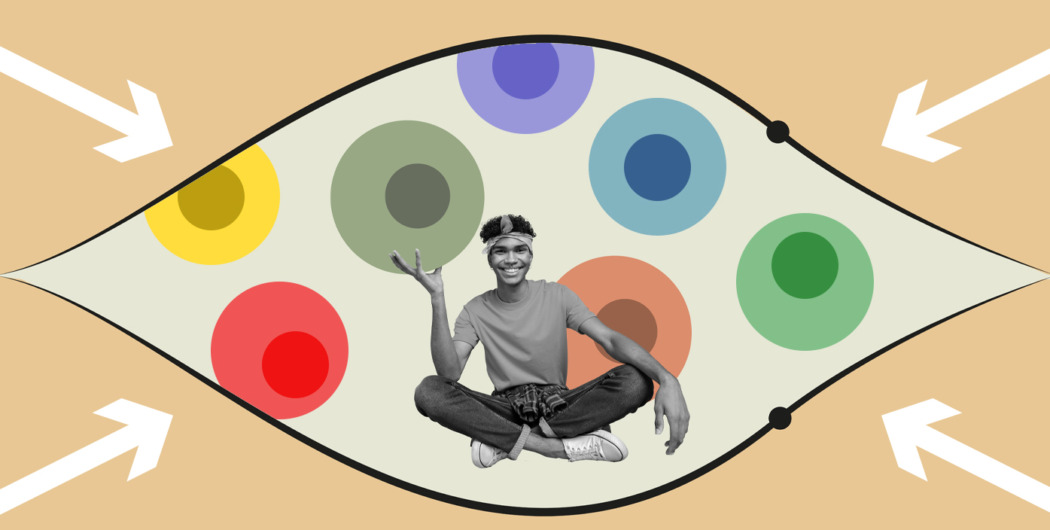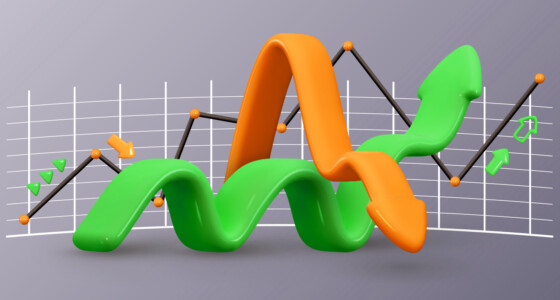

Even the best traders know that there’s always something that they could work on to improve their trading performance. Whether you’re just starting out or have weathered the markets for a while now, take a look at our top seven tips below to learn how you can start improving your skills right away.
Keep a trading journal
Every trader worth their salt keeps a trading journal. By logging every aspect of the trade, from entry/exits, reasons for entering, emotions around the trade, etc., you can begin to notice patterns that can be exploited or mitigated to your advantage.
For example, you might notice that you trade a particular setup well while another you frequently lose. You’ve now spotted something you can work on that you might not have seen without a log of your trades.
Backtest your setups
Another great way to instantly improve your trading is to backtest your setups. By taking the time and going through charts to identify where you would’ve got involved if you had been trading live, you can fast-track your experience.
Even better, make notes of where you would’ve entered and exited the trade, and work out your prospective win-rate. Identify what made the winning trades work and what led to losses, then factor what you’ve learned into your trading.
Pay attention to the higher timeframes
It’s an often repeated piece of advice, but be mindful of what’s happening on higher timeframes. Uptrends and downtrends will occur on every timeframe, from the monthly to second charts, with the only difference being the length of time between candles.
If there’s an uptrend on the daily chart, for instance, a downtrend on an hourly chart is likely just part of a pullback in the daily uptrend. Inside of the hourly downtrend, you’ll see uptrends and downtrends occurring on the 1m chart, and so on.
Once you realize that smaller trends in price are just part of larger trends, you can begin to form a higher timeframe bias that will guide your lower timeframe trades to success.

Wait for confirmation
If you’re continually taking risky entries and losing, force yourself to wait for confirmation. Let’s say you like trading breakouts. Instead of immediately buying once price exits the range (often false breaks or traps), wait for price to break out of the range and set an order on the retest of the range. You might not take as many trades as before, but your win-rate will almost definitely increase.
As a principle: if you’re expecting bullishness, wait for price to demonstrate confirmed bullishness with a new high, then wait to get in on the pullback.
Practice strict risk management
Risk management is more than just setting stop losses. It also encompasses rules for when to stop trading, how much to risk, and when/where to move your stop losses. There is no set of perfect rules; they’re unique to every trader and their personality.
However, setting goals like risking no more than 2% on a trade or stopping trading for the day if you take four consecutive losing trades are effective rules for risk management. Ultimately, the aim is to protect your capital from the market and your own emotions.
Use compound gains to your advantage
Due to the cognitive biases in our brains, we discount the effect of tiny, marginal gains and chase large ones. For example, did you know that if you began trading with $100 and gained 1% daily for a year, you’d turn that into over $3700?
While infrequent 10% gains may give us a rush of dopamine, simply setting a goal of earning 1% every day is often much more sustainable and rewarding in the long run. For many people, just taking one successful trade in a day is enough to earn 1% on their trading balance.
Walk away if necessary
Finally, sometimes the best way to improve your trading is to just walk away from the screen. For example, if you find that you’ve taken a trade based on sound reasoning but are itching to get out early without a proper invalidation of your idea, take a break. You’re letting fear come into your decision-making.
If you’re taking consecutive losses, it’s also a good idea to walk away. Maybe you’re just having a bad day, or your strategy needs refining. Either way, consistently losing is psychologically challenging and only increases the chance of further losing capital. You need to break the cycle and come back with fresh eyes.






